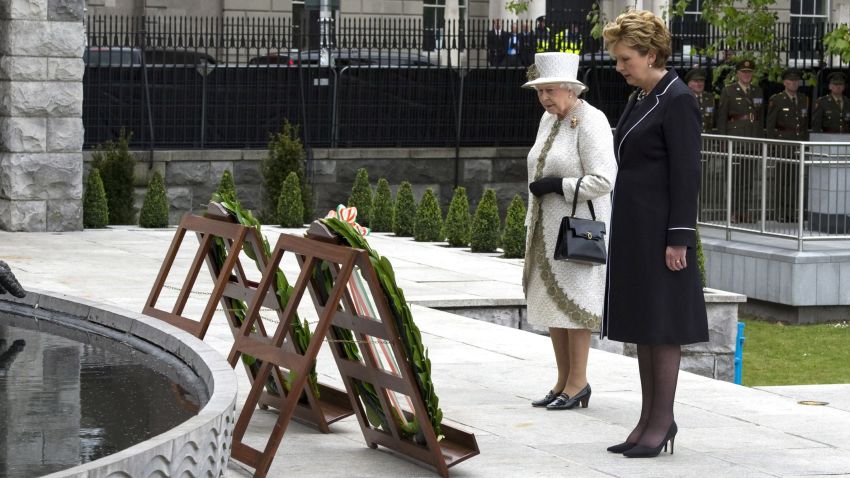Of all the profound changes that unfolded during Queen Elizabeth II’s life, the challenges with which the British state she symbolized struggled most were the legacies of Ireland’s War of Independence. Though Ireland broke away from the U.K. four years before her birth in 1926, the war’s contested aftermath fueled hostility between communities on the islands of Britain and Ireland that only began to wane in the final years of Elizabeth’s life.
The rejection of monarchy by the Irish Republic that emerged from the brutal war for independence generated profound tensions between Irish governments and the British state in the first decades of Elizabeth’s reign. In the late 1960s, the resurgence of violence in Northern Irish counties that had remained in the U.K. between predominantly Catholic communities that supported Irish republicanism and largely Protestant milieus loyal to Britain generated profound political dilemmas, as well as deep personal tragedy for the British royal family.
Loyalty to the monarchy became a key marker of collective identity for primarily Protestant Unionist parties, whose supporters dominated Northern Ireland’s politics, business and police and cultivated disdain for the Irish Republic to their south. The extent to which rituals of allegiance to the queen became intertwined with a social order that suppressed the rights of those who supported Irish nationalism in Northern Ireland fueled a profound hostility toward monarchy among mostly Catholic Irish republicans. As these tensions spilled over into acts of violence and terror in the 1970s and 1980s, the Crown as a symbol of London’s authority became a regular target for bombing campaigns of the Provisional Irish Republican Army, whose goal was to expel the British state from Northern Ireland.

